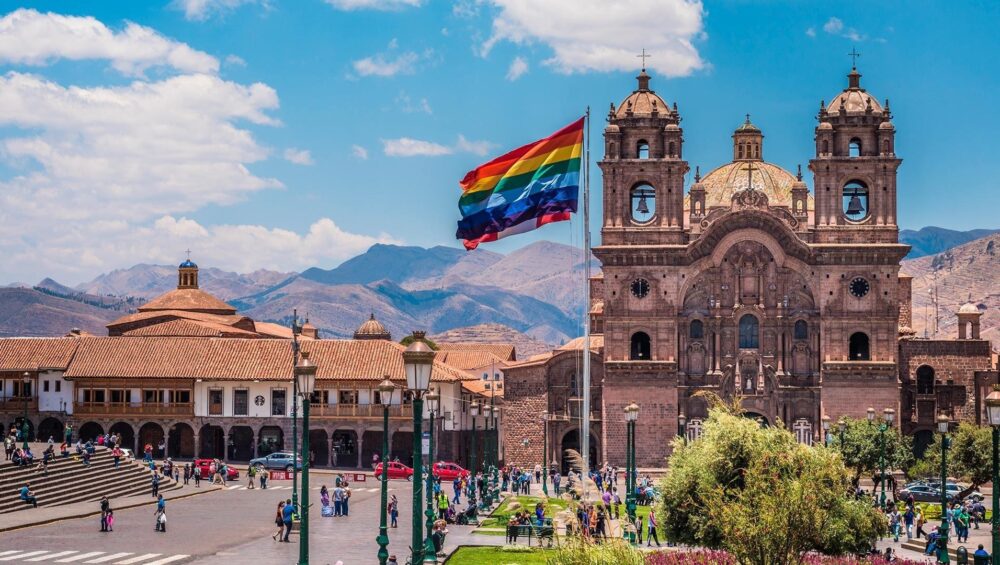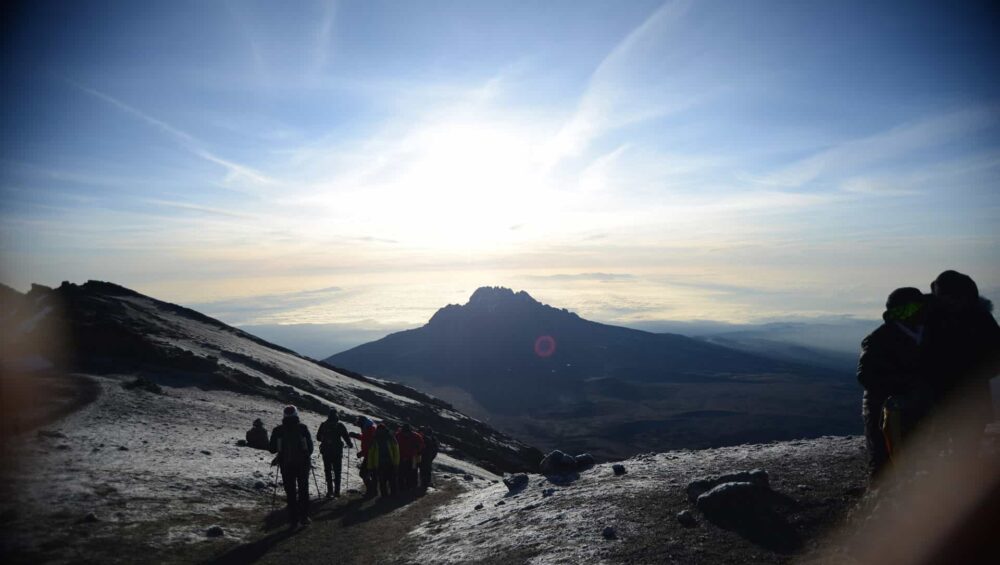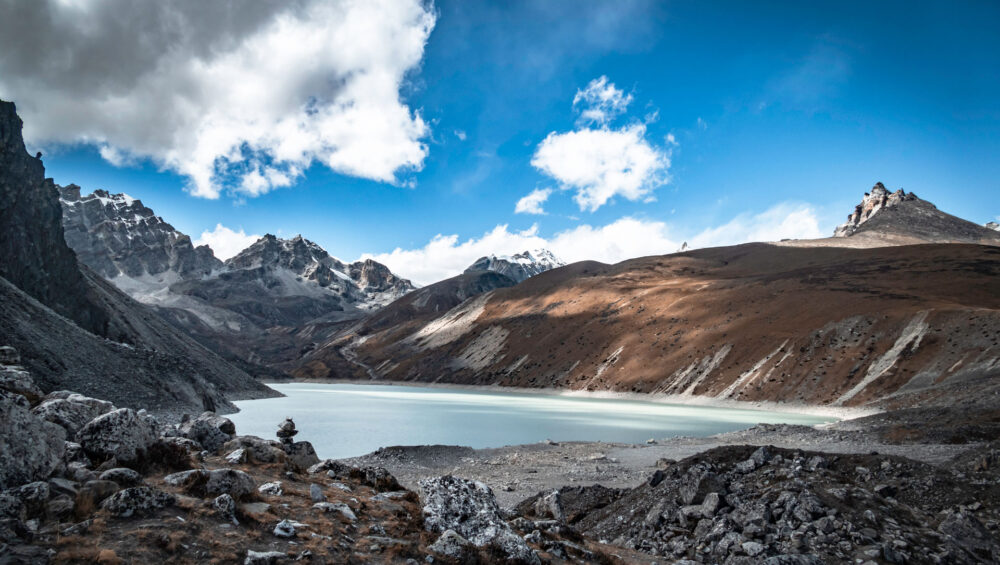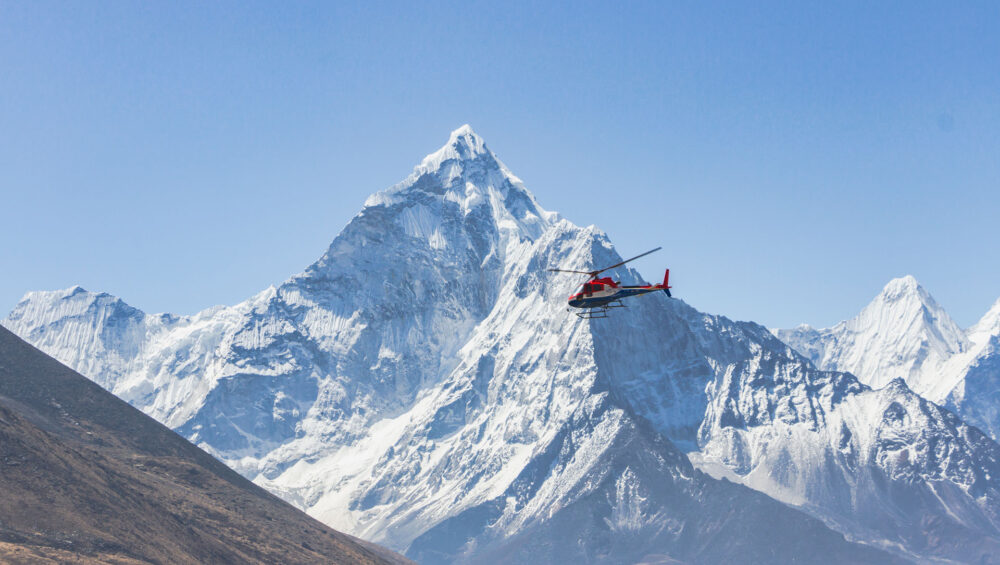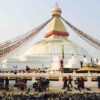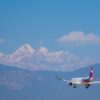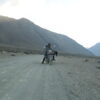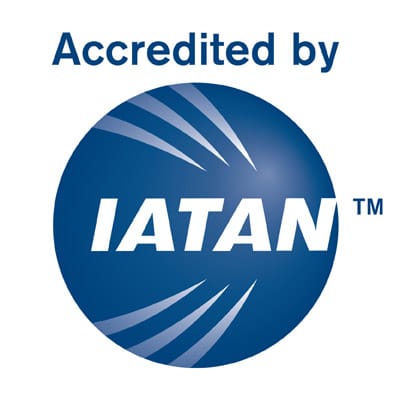Where to Visit during your holiday in Cusco, Peru?
Every traveler should spend some time in Cusco, the captivating ancient capital of the Inca Empire.
A destination in its own right due to its historical importance in South America, its captivating mix of cobblestone streets, colonial-era architecture, and that unmistakable Peruvian street spirit, Cusco’s designation as the gateway to the beautiful Sacred Valley and Machu Picchu only underscores its enduring popularity.
What makes Cusco special is because it is one of the most recommended destinations in the array of experiences that make your trip enjoyable. Here are the largest hotel companies, trains, and luxury restaurants.
If you are considering traveling to Cusco these 10 destinations should be on your list.
1.-MACHU PICCHU
It is considered one of the Seven Wonders of the modern world, for its incredible tourist attraction, its beauty, and architectural grandeur.
The trip begins in one of the most beautiful cities of Cusco, considered the archaeological capital of America. You can choose to go by train where you can appreciate the Andean landscapes and the jungle in your splendor, but if you prefer adventure, another option is to go through the Inca trails, for four days or two days of walking where you will enter into an exceptional experience, if you are lucky, you can see one of the repetitive species of Peru the spectacled bear, you can also see species of orchids throughout the route among other species of flora and fauna.
Your experience visiting Machu Picchu will be unforgettable.
2. -SACRED VALLEY OF THE INCAS
Between imposing landscapes of vast vegetation and cities that keep their culture intact, the Sacred Valley shows its visitors the variety of flora, temperate climate, and natural resources it possesses. In the times of the Tahuantinsuyo, it was the center of the Cusco civilization, becoming an important source of food for the ancient Incas. This city is located within the province of Urubamba and is surrounded by impressive gorges, the tour to the Sacred Valley is the route from Cusco to Urubamba a tour of towns and archaeological sites, in this tour, you will visit the following places: the salt mines of Maras, Moray, Chinchero textile centers, Pisac, Ollantaytambo. This tour can be done in a day or two depending on your travel time. For the adventurous you can start climbing the Via Ferrata, as this rock circuit will give you an incredible view of the entire valley.
3. -THE CITY OF CUSCO
Cusco is at 3,399 meters above sea level. At this altitude, it is normal for tourists to feel the symptoms of altitude sickness such as fatigue, difficulty breathing, and even nausea, so you should rest to acclimatize. In the afternoon you can take the well-known “city tour” to visit the following places: Cathedral, Qoricancha, Sacsayhuaman that had a defensive military value, Qenqo, Tambomachay and if you have time, you can visit the neighborhood of San Blas which is one of the most representative neighborhoods of Cusco.
4. -SOUTH VALLEY
The South Valley Cusco has a variety of popular attractions, such as the oldest church of Andahuaylillas, a small town, which is located 36 km. from Cusco. In this half-day South Valley Cusco Tour, we will also visit Tipon, an archaeological site in the South Valley, which has terraces, terraces, and gardens, designed by the Incas, with a unique subway irrigation system in a mountain at 3,318 meters above sea level, Another of the sites that are on the route is Pikillaqta, a pre-Inca city, made by the Wari culture, designed with an urban system of streets, squares.
5.- RAINBOW MOUNTAIN
The mountain of the 7 Colors (also called Vinicunca or simply ‘rainbow’) is one of Peru’s newest and best attractions. Located more than 100 kilometers from the city of Cusco, in an altitudinal summit located at 5,200 meters above sea level. It is a mountainous formation dyed of several tonalities product of a complex combination of minerals, the best season to visit it is from April to October. The tour is a full-day tour leaving at 5 am. If you like walking, this can be a good option, as the level of walking is easy.
You should bring warm clothes and a good camera to take good pictures.
6.- PALCOYO
Most travelers (regardless of age) will have no problems. The recommendation is always to spend at least two days in Cusco before traveling to Palcoyo to acclimatize the body. As for the cold, it is very important to bring warm clothes.
Palcoyo is the alternative option to the rainbow mountain. It is quieter without so many tourists, so you can take plenty of good pictures. In addition, you can appreciate a forest of stones formed naturally. There are plenty of llamas, alpacas, and vizcachas.
7.- RED VALLEY
As in all destinations to visit the Red Valley you leave very early in the morning, the Red Valley is located in the district of Pitumarca, Canchis. This means that if you are near the Seven Colored Mountain you could also hike to the Red Valley and get involved with the natural beauty.
Now you may be wondering “Why is it red?” The Red Valley is a chain of ravines and mountains that have a beautiful reddish color due to the mineral composition of the place. The difficulty of the tour is moderate, so it is recommended to be in good physical condition. The time of arrival is approximately three hours, depending on the pace and your physical condition.
8.- HUMANTAY
If you enjoy nature and trekking, this place is ideal. Humantay, is a mountain covered with snow that is part of the Andean mountain range and gives rise to the formation of this splendid lagoon, of its unique turquoise color. The walk to the place will make you feel a sense of peace and tranquility.
With a mystical air, the lagoon is visited by tourists from all over the world to leave offerings to the Pachamama, a deity that represents mother earth in the Inca culture. By placing stones (apachetas), an offering is made to Pachamama thanking her for having reached the lagoon successfully, as well as asking her to accompany them on their journey.
After the tour you can stay for lunch at a campsite, enjoying the beautiful view.
9.- CHOQUEQUIRAO
It is considered the sister city of Machu Picchu and is as surprising as the latter. There is no way to get to Choquequirao with mobility, so you must take a walk of 60 km, which lasts 4 days. It is advisable to go with a travel agency to avoid getting lost on the route. It is not a simple route, but it is full of adventure, with incredible landscapes, abundant Andean flora, and fauna. The Inca city of Choquequirao will pleasantly surprise you. It is a place that you can enjoy more quietly since the visitor traffic is much lower than in Machu Picchu.
Regarding the travel equipment that you should carry for a 60 kilometers trek are the following:
Backpack – For the trek to Choquequirao it is necessary to carry a backpack, where its weight should not exceed 8 kilos.
Camping equipment – It is essential that you carry tents and all the camping equipment since on the route to Choquequirao you will have to camp in different places.
Food. – For the trip to Choquequirao it will be necessary to buy fruits and non-perishable food.
Clothing. – Polo shirts for the heat, waterproof coats for the night, long and short waterproof pants, wool socks for the night, trekking shoes, hat.
10.- QUELCAYA GLACIER
Did you know that Peru has the largest tropical glacier in the world? Yes, the Quelcaya Glacier, with a length of more than 17 km, a surface of 44 km², and an ice layer of 200 m thick. It is advisable to hire an agency because the trail is long and it is necessary to go with an expert who knows the area.
Conquer the Quelccaya with these recommendations:
– A backpack made of materials such as nylon or polyamide: they are lighter, durable, and waterproof.
– Due to the low temperatures, always dress in layers. First, wear a breathable polo shirt, then an insulating layer (such as fabric or fleece), then a down jacket and a raincoat, synthetic socks to avoid blisters, and cotton socks to absorb moisture. Don’t forget a hat and gloves.
– It is advisable to wear high-heeled, water-resistant shoes with soles for slippery terrain.
– Protect yourself from the sun’s rays with a good sunscreen with a UV filter of factor 50 or higher and do not forget sunglasses, as the glare can damage your corneas.
– Bring maps of the area and portable chargers.





